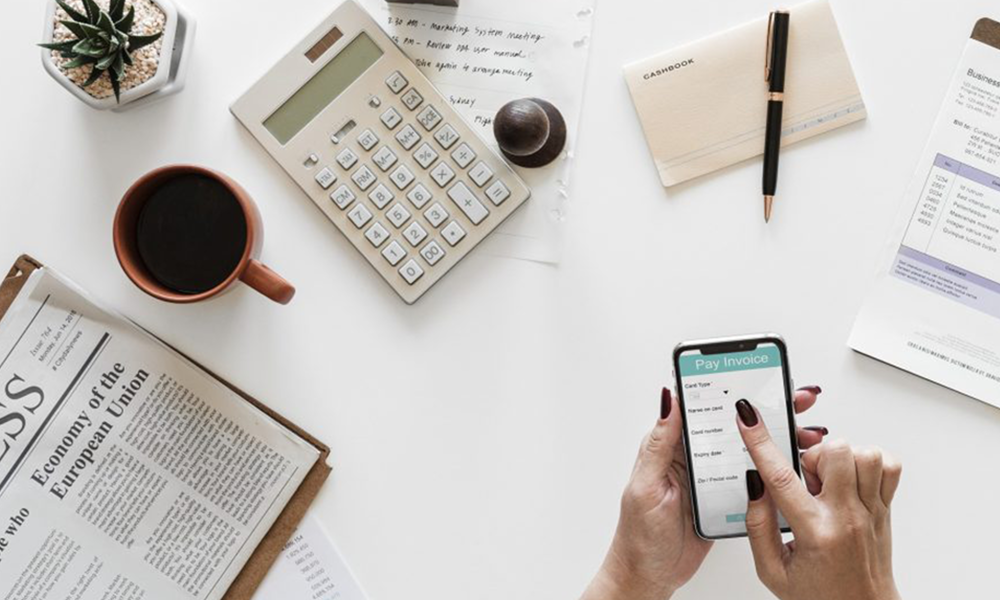An important part of guaranteeing success for your small business is setting up an accounting system that works for you. Getting started may seem like a daunting task, but don’t worry – it’s actually pretty straightforward.
Here are five steps to set up an accounting system for your small business.
5 Steps for Setting Up Your Accounting System
These steps are integral to set up an accounting system for your business.
1. Get a bank account
First and foremost, you need to set up a bank account that will be used solely for your business transactions. You want to make sure that the account is separate from your personal account to avoid any confusion or troubles in the future. Any business transactions that you make – from buying office supplies to paying bills to treating your employees out to lunch – should be made through that account.
Something else to consider is opening a business credit card, in case you need it. That way, you won’t feel inclined to use your personal card for any business expenses.
2. Gather Together Your Regular Bills
Gather a list of all of the creditors you pay regularly, like credit card companies, suppliers, vendors, etc, as well as an updated list of how much you owe. Return to this document regularly to make sure that the numbers are up to date. These are often accounts that can become a liability if you don’t keep track of them, so it’s important that the information accurately reflects the current situation.
3. Make an inventory list
Take inventory of the items and materials that your business owns. It can be anything from vehicles and office supplies to buildings and large equipment. Include the value of each of these assets when taking your inventory and be as accurate as possible.
4. Decide How You’ll Record Transactions
If you have little-to-no accounting experience, recording your transactions by hand may not be the best choice. It’s easy to get behind when manually recording transactions, and receipts and other documents may get lost.
The best, and most common, way to keep track of your incomes and expenses is to use an accounting software that you’re comfortable with (or that you can easily learn). Popular programs are QuickBooks and Quicken, both of which have extensive tutorials and a forum to provide support if you need it.
5. Choose Your Accounting Software
A lot of accounting software allows you to connect your business accounts directly to it. This means that transactions automatically sync. You don’t have to worry about manually recording purchases or payments that you’ve made. Keep in mind, it’s important to choose a software program that works best for your needs. Do a bit of research, ask around, and take these programs for a test drive before making your final decision.
Once you’ve decided on software, load your regular bills and assets into it. Then begin tracking your expenses.
Let a Professional Help
Setting up an accounting system is a fairly straightforward process, but it can take some time to get comfortable with the system and ensure that everything is running smoothly. Not only that, you can come to realize that the process you implemented isn’t really working for you.
Working with qualified professionals throughout this process is a great way to make sure you’re comfortable and happy with the accounting system you have in place.
Share this article




